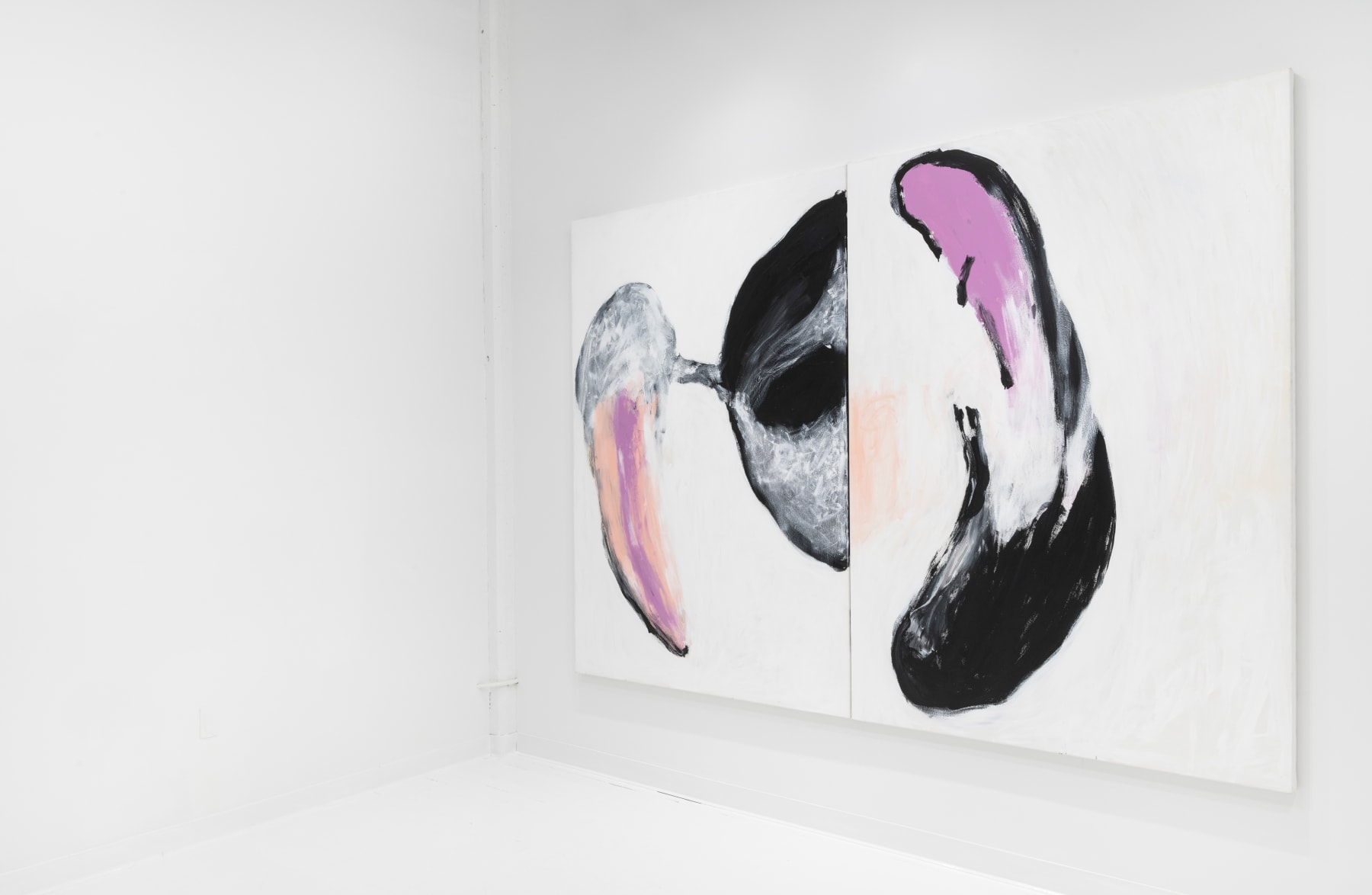Open a larger version of the following image in a popup:
 Installation view: Yi Gallery, Brooklyn, NY, 2022
Installation view: Yi Gallery, Brooklyn, NY, 2022
 Installation view: Yi Gallery, Brooklyn, NY, 2022
Installation view: Yi Gallery, Brooklyn, NY, 2022
Open a larger version of the following image in a popup:
 Installation view: Yi Gallery, Brooklyn, NY, 2022
Installation view: Yi Gallery, Brooklyn, NY, 2022
 Installation view: Yi Gallery, Brooklyn, NY, 2022
Installation view: Yi Gallery, Brooklyn, NY, 2022
Open a larger version of the following image in a popup:
 Installation view: Yi Gallery, Brooklyn, NY, 2022
Installation view: Yi Gallery, Brooklyn, NY, 2022
 Installation view: Yi Gallery, Brooklyn, NY, 2022
Installation view: Yi Gallery, Brooklyn, NY, 2022
Open a larger version of the following image in a popup:
 Installation view: Cluj Napoca Art Museum, Romania, 2022, Curated by Zsolt Petranyi
Installation view: Cluj Napoca Art Museum, Romania, 2022, Curated by Zsolt Petranyi
 Installation view: Cluj Napoca Art Museum, Romania, 2022, Curated by Zsolt Petranyi
Installation view: Cluj Napoca Art Museum, Romania, 2022, Curated by Zsolt Petranyi
Botond Részegh
Angel (Diptych), 2021
Acrylic on canvas
78 1/2 x 110 1/2 in
200 x 280 cm
200 x 280 cm
RB0025
Copyright The Artist
Plus d'images
-
(View a larger image of thumbnail 1
)

-
(View a larger image of thumbnail 2
)

-
(View a larger image of thumbnail 3
)

-
(View a larger image of thumbnail 4
)

-
(View a larger image of thumbnail 5
)

-
(View a larger image of thumbnail 6
)

-
(View a larger image of thumbnail 7
)

-
(View a larger image of thumbnail 8
)

For centuries, theologians, poets and artists have imagined and argued over what angels might look like or whether or not they can be seen at all. The existence of angel-like...
For centuries, theologians, poets and artists have imagined and argued over what angels might look like or whether or not they can be seen at all. The existence of angel-like figures in art can be traced back millennia: from the monumental winged figures Lamassu on Assyrian palaces with the earliest examples dating as far back as the 10th century BC, The Winged Victory of Samothrace (c. 190 BC) - made as an offering to the gods for a sanctuary on the Greek island, the many winged angels found in Byzantine art, to the Baroque period’s sensual, human-like bodies with wings. Executed in 2021, Angel offers an unconventional look at an ancient subject, illustrating Részegh’s elegiac dialogue among mythology, theology and art history. Wing-like forms appear to float and ascend in two tightly connected panels. Pared down to a palette of black and white with fleshy accents of purple and pinkish reds, energized, painterly gestures are brushed in dense layers of acrylic paint. The vastness of white on the right panel strongly conveys a boundlessness and ethereal presence. The diptych format in this series punctuates the picture plane by creating tension and ambiguity, as well as fracturing a continuous sense of time. In several works, Részegh also leaves a small but intentional space between paired canvases, revealing the wall behind. “Részegh's angels are not inhabitants of the mythically overcolored sky, but, rather, powerful forces that are in tension with each other or merge into each other, participating in our created world,” writes Benedek Totth on Részegh's angels in Everyday Angelology (2022). “Could they be us without wings? These lines do not enclose a form - angel or human - but open up the infinite. These beautiful torsos, the aesthetics of everyday life and bodies pressed together, infinite lines entangling and separating…when all that remains is desire - the desire for desire, the body's longing for body, for embrace, to be in each other's palms for a while, to enjoy the illusion of safety and to taste a little of the angelic world - we become angels, leave earth and step onto our planet. Never has desire been so hesitantly endless.”



